It enhances essential skills such as visual-spatial thinking, depth perception, creativity, and color awareness. Most of us may be unfamiliar with the benefits.

|
| Drawing or Painting from Reference Photographs |
There's nothing wrong with using photographs for reference material. Cameras are a great tool depending on the situation, especially for animals or children that don't stay still. However, they do not fully replicate what we see with our own eyes.
The human eye is a subjective device that works harmoniously with your brain to create what is perceived in your mind. Our vision is complex. Like all other primates, we are unique in that we have both stereoscopic and color vision.
A camera is an absolute measurement device that measures light hitting a series of sensors. It only translates one view through one lens into a two-dimensional flattened image, which may create distortions. It can not replicate the spectrum of color that our human eyes can perceive, and unless you change the settings, most everything is in focus.
Visual-Spatial Thinking
It takes less time to draw from a reference photograph because the three-dimensional shapes have already been translated into two-dimensional shapes.
Drawing or painting from life involves relating one object to another and defining their unique relationships. This is called visual-spatial thinking skills.
Directly translating three-dimensional objects into two-dimensional objects is a skill that involves careful observation to translate shapes into forms that conveys perspective.
Depth Perception
Depth perception is the ability to see objects in three dimensions and to judge how far away an object is. It is a process called convergence. Stereoscopic vision is needed for depth perception and refers to a set of human eyes that are both located on the same plane and look forward with overlapping visual fields.
Although similar to the structure of a modern camera, our eyes will each get a slightly different view or perspective. From there onward, it's all about your brain, which has to fuse the two sets of information together to formulate a view.
Color Awareness
If you are capturing the color, this involves color awareness, a subjective visual human experience that may be influenced by life experiences, gender, age, culture, or biology. You will see fantastic color in life observation. A camera simply cannot replicate the color spectrum that human eyes perceive.
Humans have "Trichromatic" color vision. We have three types of cones or color photoreceptors in the retina (short-wave, middle-wave, or long-wave). Unlike other mammals, this allows us to distinguish between a large set of hue or color families. The cones see in color, but they need a lot of light to fully operate.
We see well in sunlight or moonlight because each eye contains a self-correcting aperture or an automatic focusing system. As light bends through the lens in each eye, you are constantly adjusting the focus and translating the light or photons into electrical impulses.
The more you study color with your own eyes, the more colors you can detect. Drawing or painting from life builds essential skills that will enrich your daily life and heighten your artistic growth. Like any other individual skill, it may be learned with practice.
|
Follow Christy Olsen on her instructional blog at christyolsen.blogspot.com or visit her website at ChristyOlsen.com |
